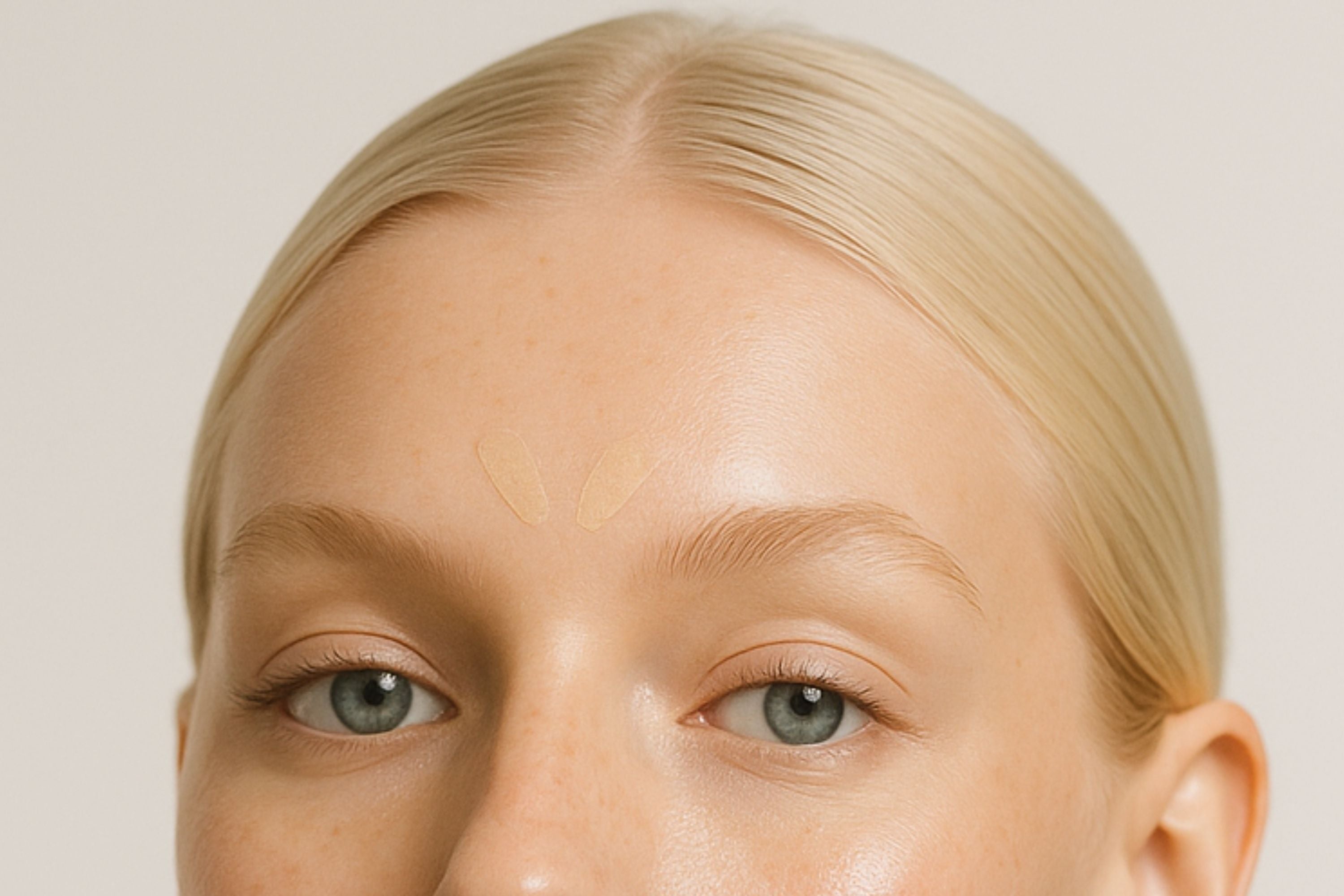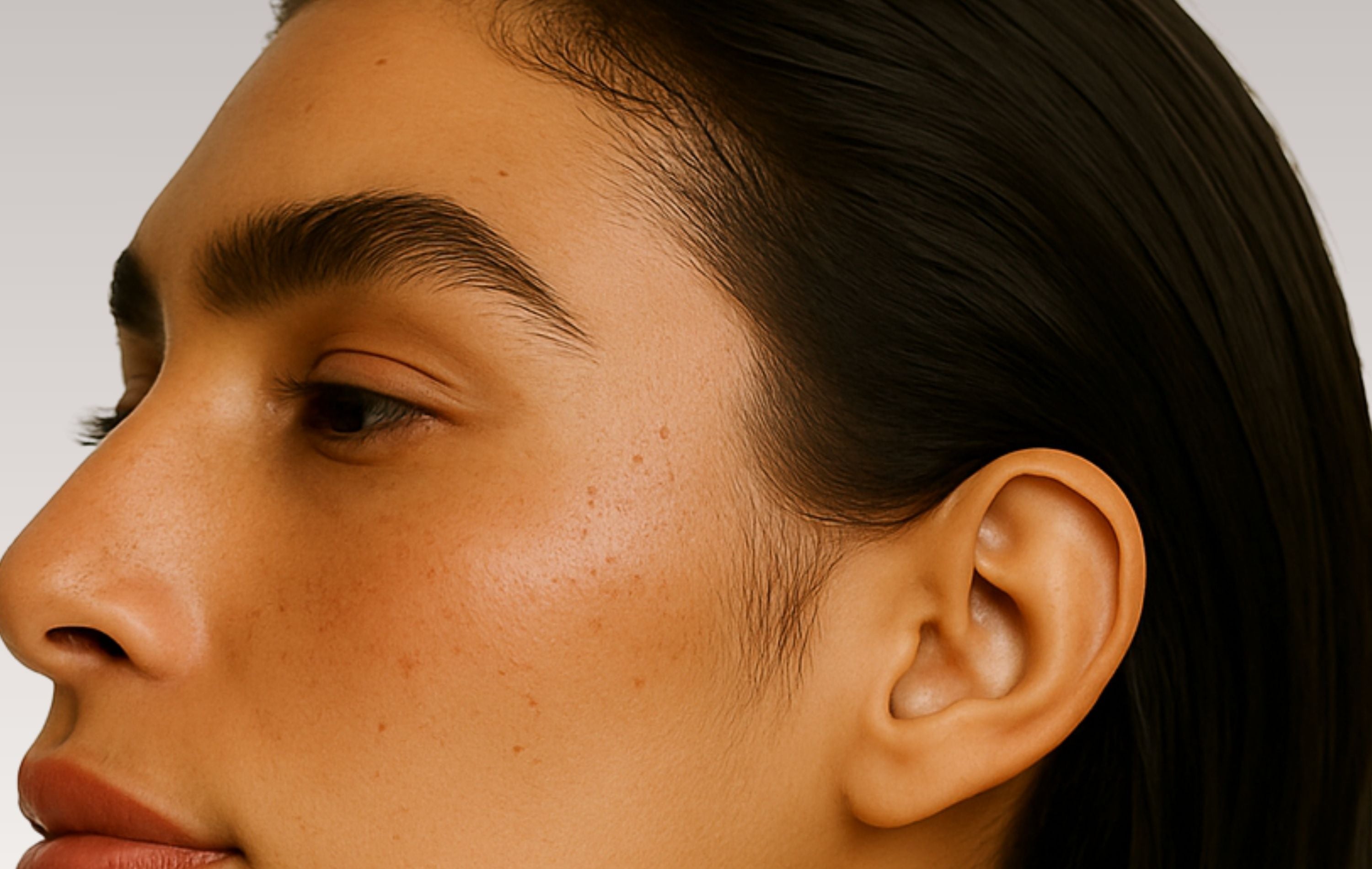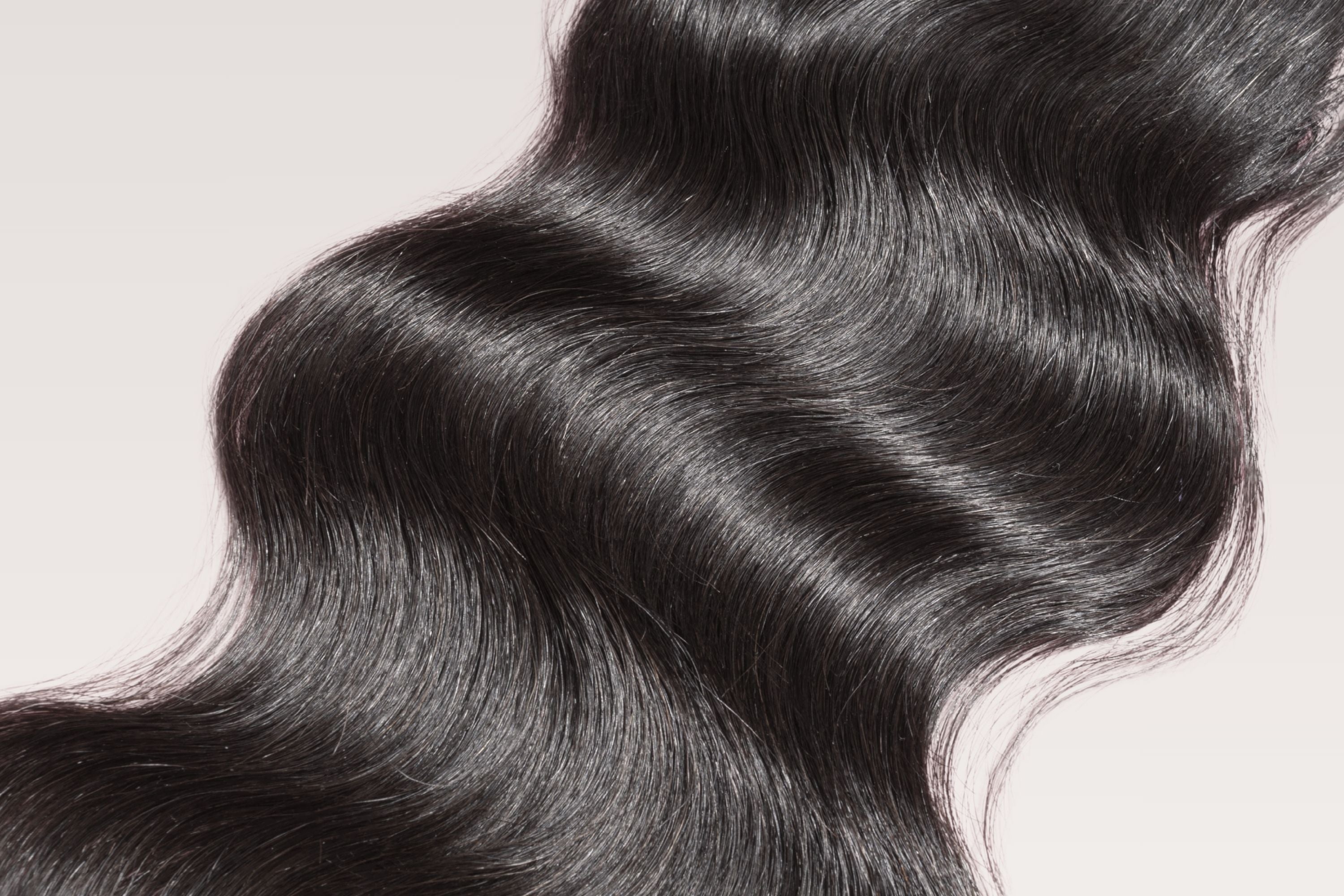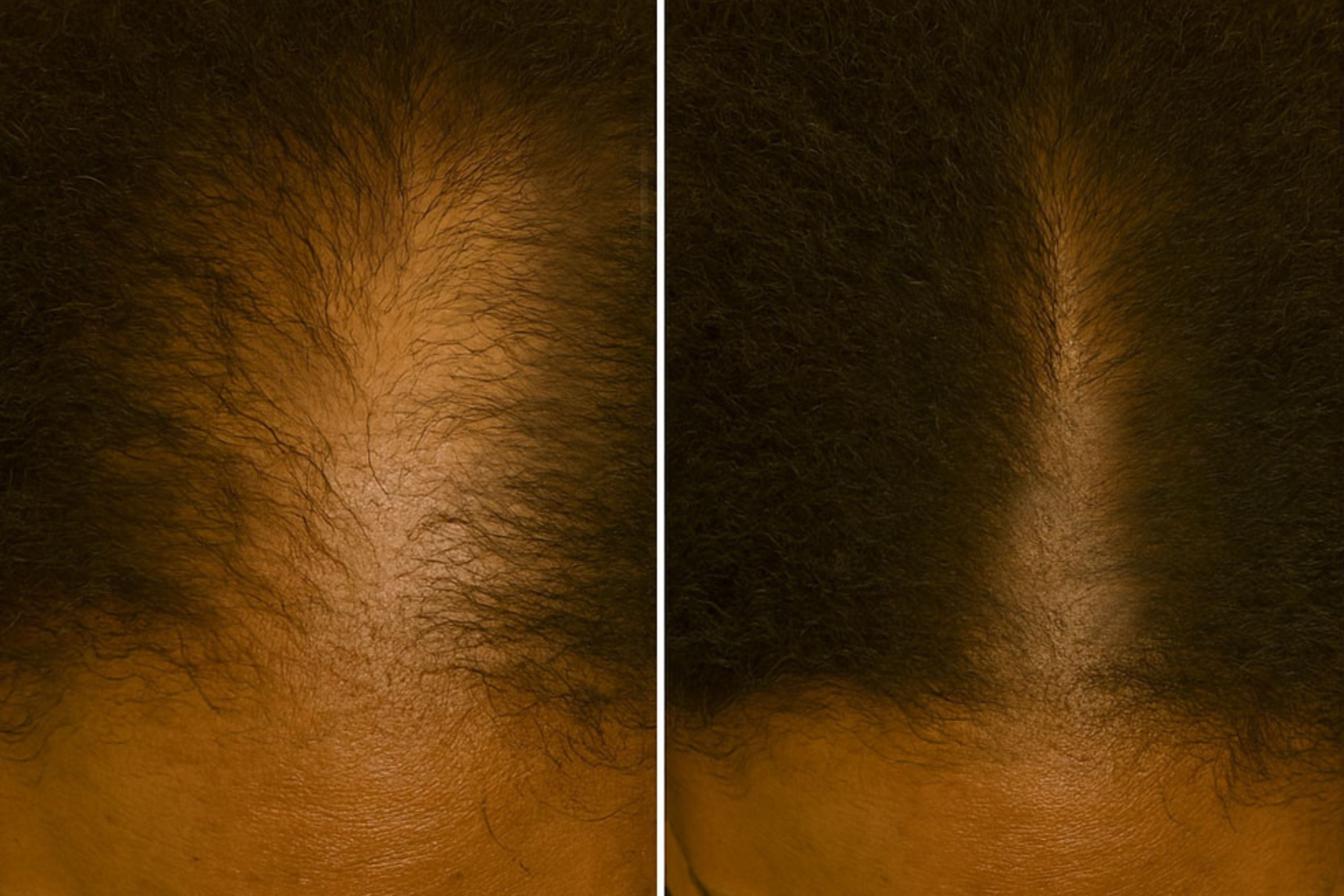What Is the Scalp Barrier? And Why It’s the Key to Stronger Hair

You’ve heard of your skin barrier. But did you know your scalp has one too?
Your scalp barrier is the hidden layer that protects the skin that grows your hair. When it’s strong, hair grows in thicker, fuller, and healthier. When it’s damaged, you shed, thin, and breakage accelerates—and most people don’t even know it exists.

2. What Exactly Is the Scalp Barrier?
Your scalp barrier is the outermost layer of your scalp’s skin—the same concept as your facial skin barrier, but with one crucial difference: it’s home to your hair follicles.
What it does:
-
Keeps in essential moisture
-
Blocks out bacteria and irritants
-
Maintains a healthy microbiome (the ecosystem of good bacteria)
-
Protects follicles from inflammation
When your scalp barrier is intact, your hair grows stronger at the root.
When it’s damaged? Hair sheds, follicles shrink, and your scalp becomes tight, flaky, and inflamed.
“A damaged scalp barrier is like a cracked foundation—nothing you build on top of it will hold.” - NORMA GILL Dermatologist NP
Wondering if this might be you? Here are the top signs your scalp barrier is compromised:
-
Excess hair shedding (more hair in your brush or shower drain than usual)
-
Persistent scalp itchiness or tightness
-
Flakes or greasy buildup that won’t go away
-
Painful or sensitive hair roots
-
Your scalp feels dry and oily at the same time
-
Hair seems stuck at the same length or thinning at the hairline

3. Why Does the Scalp Barrier Break Down?
Your scalp barrier is surprisingly fragile. Here’s what breaks it down:
-
Stress: Cortisol spikes inflame the scalp and disrupt blood flow to follicles
-
Harsh products: Sulfates, alcohol-heavy sprays, and scrubs strip the barrier
-
Overwashing: Constant shampooing weakens the protective layer
-
Heat & tight styles: Flat irons, slick buns, and braids stress the follicles
-
Hormonal changes: Postpartum, menopause, and birth control shifts all alter barrier function
-
Scalp buildup: Dry shampoo, sebum, and product residue suffocate follicles
-
Medications: Minoxidil and other treatments often irritate the scalp
VISUAL:
Mini-chart: “Top Scalp Barrier Killers”
4. How to Repair and Protect Your Scalp Barrier
This is where the education pivots to actionable solutions.
Be gentle with your scalp
-
Switch to sulfate-free shampoos
-
Avoid harsh scrubs that scratch the surface
Calm inflammation
-
Use anti-inflammatory botanicals (aloe, chamomile, rosemary oil)
-
Reduce stress where possible—your scalp feels it
Support circulation
-
Massage your scalp regularly to bring nutrient-rich blood to the follicles
Don’t suffocate your scalp
-
Limit dry shampoo
-
Rinse product residue thoroughly
Invest in true barrier repair tools
Red light therapy reduces inflammation, supports blood flow, and helps follicles function optimally
This is exactly why Solaris LED tools were built as scalp rituals, not just hair gadgets. They’re designed to reduce inflammation and strengthen your scalp barrier at the root level.
Explore Solaris Red Light Rituals
Be Part of the First Scalp Barrier Report
Have you ever heard of the scalp barrier before today? Do you think yours is healthy?
Take Our 5-Second Survey (It’s literally 3 clicks)
We’ll be sharing the anonymized results in future blogs—help us uncover the real stats on scalp health
Your scalp barrier is the foundation for healthy hair. Treat it like it matters.


